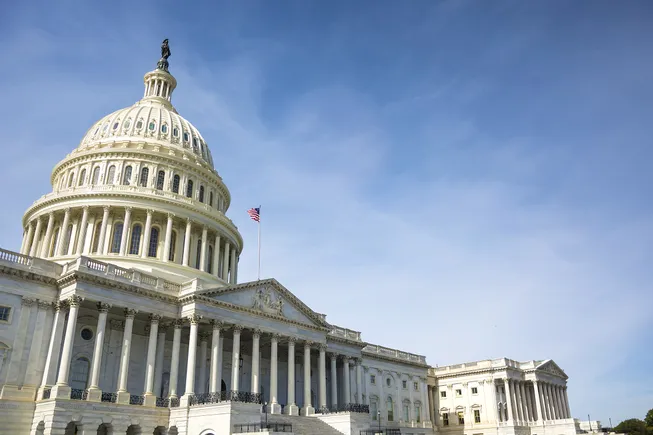Rare Disease Policy: Incentivizing Development in a Challenging Landscape
In the realm of rare diseases, the economics of research and development can be daunting. With a small patient population and high costs associated with bringing new drugs to market, the need for policy incentives becomes crucial. Josh Trent, CEO of Leavitt Partners and a seasoned healthcare expert, emphasizes the importance of policy in incentivizing the development of treatments for rare diseases.
According to a white paper by the Health Capital Group, a staggering 95% of rare diseases lack approved treatments from the FDA. While policies like the Orphan Drug Act of 1983 have provided incentives for drug development, recent reports indicate a decline in the number of approved treatments. The changing policy landscape has impacted the scale of incentives available to developers, creating challenges in the rare disease R&D sector.
Trent highlights the critical role of policy in supporting orphan drug development, despite recent efforts to streamline government operations. He stresses that a robust ecosystem, encompassing various factors such as policy, market dynamics, and scientific understanding, is essential for successful rare disease drug development.
The current landscape presents challenges for stakeholders, with fluctuating rates of drug approvals for rare diseases. Despite bipartisan support for improving incentives, policy implementation faces obstacles that hinder progress. Trent notes that regulatory uncertainty can deter businesses and investors, ultimately impacting patient access to innovative treatments.
Navigating the complexities of policymaking in the rare disease space requires foresight and collaboration among stakeholders. Trent underscores the need for alignment across the ecosystem to prioritize patient needs and drive policy improvements. By focusing on bipartisan opportunities, stakeholders can work towards creating a supportive policy environment for rare disease drug development.
Looking ahead, several policy pathways offer promise for incentivizing rare disease research. One such opportunity involves amending Medicare price negotiation exclusions for orphan drugs, as outlined in the Inflation Reduction Act. By removing barriers to rare disease innovation, policymakers can pave the way for the development of treatments for currently underserved patient populations.
Additionally, reinstating the rare pediatric disease priority review voucher program and restoring the Orphan Drug Tax Credit to its original percentage are key policy initiatives that could drive progress in rare disease drug development. Trent emphasizes the urgency of addressing the burden of rare diseases and maximizing the efficiency of healthcare spending through strategic policy interventions.
In conclusion, the intersection of policy and rare disease drug development poses both challenges and opportunities. By advocating for policies that prioritize patient access to innovative treatments, stakeholders can shape a more supportive environment for rare disease research and development. As the landscape continues to evolve, strategic policy interventions will be essential in driving progress and improving outcomes for individuals with rare diseases.


